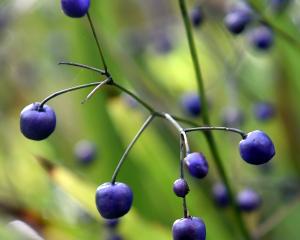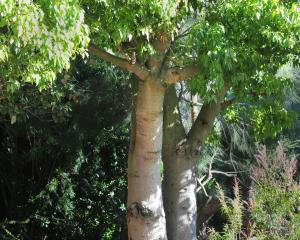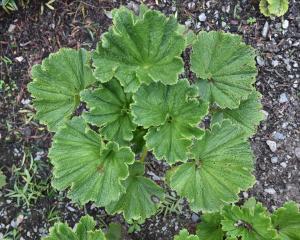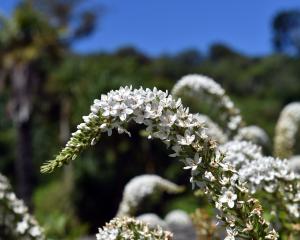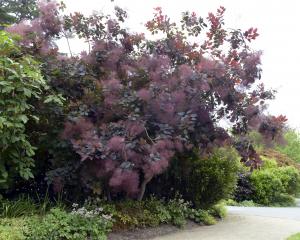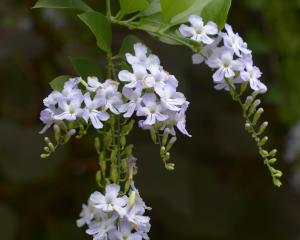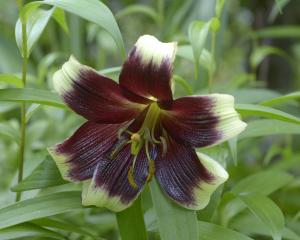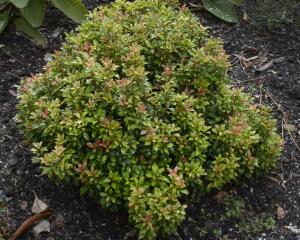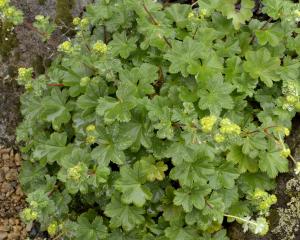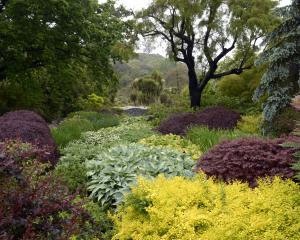Lindera obtusiloba is a large, spreading, multistemmed shrub. The grey branches support the myriad small bright yellow, star-shaped flowers in late winter or early spring.
The leaves that appear after flowering are large, three-lobed and bright green. Being a member of the laurel family, it contains high concentrations of essential oils that make the leaves and stems aromatic.
Autumn sees the foliage turn the most delicious golden yellow, ensuring the plant stands out like a beacon in the border.
Lindera is dioecious - the male and female flowers are produced on separate plants. Willow, ginkgo and poplar are other examples of this.
Male flowers are larger and showier than the females, which will produce red to black fruit in autumn if there is a nearby male to pollinate them.
Native to open woodlands in Japan, China, and Korea, it will grow in part shade, enjoying the protection of taller trees and a fertile soil.
There are two young shrubs in the lower arboretum near the large drift of gunnera, one still in bud, the other with smaller, female flowers.
A larger, showier male plant (pictured) is growing and flowering in the Lindsay Creek border near the north bridge in the lower botanic garden.
Robyn Abernethy is the rock, water and alpine collection curator at Dunedin Botanic Garden.

